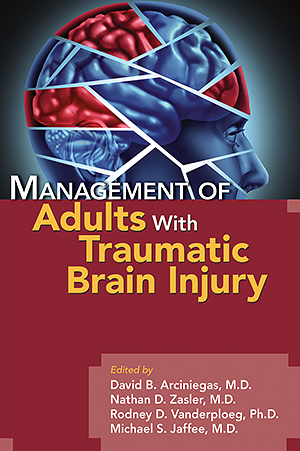Sections
Excerpt
Traumatic brain injury (TBI) is a common occurrence and a major public health concern (Lin et al. 2010). According to an epidemiological study based on hospital records in the United States, approximately 51,000 Americans die each year after TBI, with over 1.2 million individuals evaluated in the emergency department (ED) and an additional 290,000 hospitalized (Rutland-Brown et al. 2006). Mild TBI (mTBI) accounts for 80%–90% of ED visits (Zaloshnja et al. 2008). Milder forms of TBI are underdiagnosed in the ED (Powell et al. 2008), and many cases of mTBI are never seen in an ED. As a result, estimates of TBI underrepresent the scope of this problem, which may exceed 2 million cases per year in the United States (Langlois et al. 2006). In a Canadian study that examined not only ED records but also clinic and family practice records within a health care provider system, Ryu et al. (2009) observed the rate of all TBIs to be as high as 653 in 100,000. Hyder et al. (2007) provide a worldwide estimate of 10 million or more people per year affected by TBI. TBI disproportionately occurs in males age 25 years and younger and in patients older than age 65 years (Langlois et al. 2006).
Access content
To read the fulltext, please use one of the options below to sign in or purchase access.- Personal login
- Institutional Login
- Sign in via OpenAthens
- Register for access
-
Please login/register if you wish to pair your device and check access availability.
Not a subscriber?
PsychiatryOnline subscription options offer access to the DSM-5 library, books, journals, CME, and patient resources. This all-in-one virtual library provides psychiatrists and mental health professionals with key resources for diagnosis, treatment, research, and professional development.
Need more help? PsychiatryOnline Customer Service may be reached by emailing [email protected] or by calling 800-368-5777 (in the U.S.) or 703-907-7322 (outside the U.S.).



